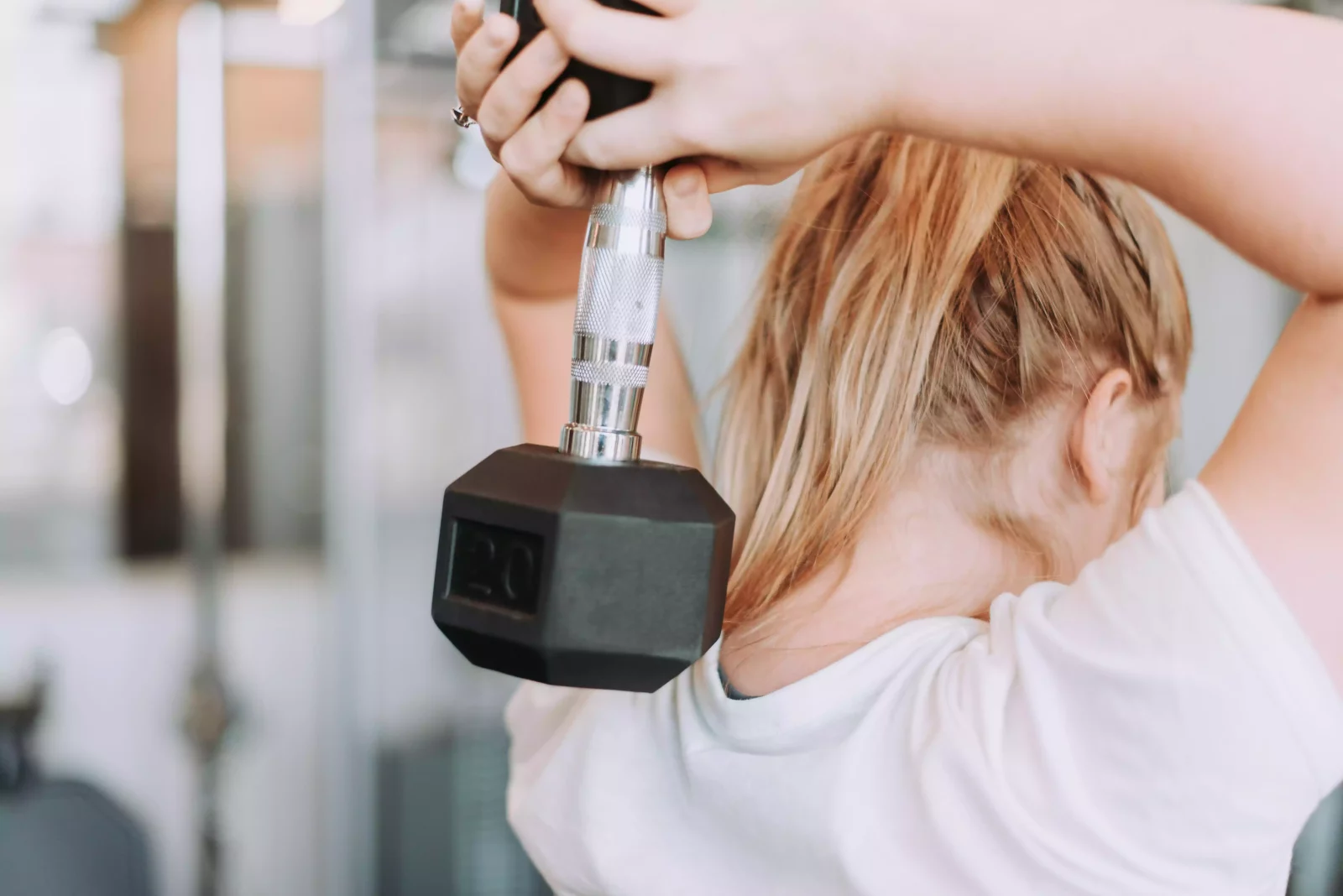2023’s Biggest Wellness Trends, According to Mindbody

Undertaking one of the largest research studies in the industry, Mindbody has released its 5 wellness trends to watch in 2023
Mindbody surveyed more than 17,000 Americans in one of the industry’s largest research studies to uncover the trends that are staying, going, or even making a reappearance. One thing is clear: health and wellness is staying at the forefront of consumers’ priorities in 2023.
1. From the Ground Up: Going Back to Our Roots
Nature is number one: consumers are, more than ever, looking to reconnect with the great outdoors. Nearly 40% say they want to embrace a more natural lifestyle. Clean beauty is on the rise, as well: women are reporting that they are more likely to seek out natural anti-aging techniques like gua sha and massages. Consumers are increasingly turning to rest and outdoor time to boost their mental health, with 24% enjoying nature walks or forest baths. Lastly, consumers are using plants and herbs to reduce stress and improve cognitive function, with more than 4 in 10 Americans having either tried or are interested in trying adaptogens (mushrooms that reduce the effect of stress on the body) or nootropics (medical-grade supplements that can support brain performance).
2. Gen W: ‘The Wellness Generation’
Gen Z and Millennials don’t turn to cardio machines and crash diets to lose weight: they focus on holistic health and wellness. More than their older generations, they are more likely to spend money on fitness, salon, spa, and wellness services. They are most likely to work out at least once a week, and eat the daily recommended servings of fruits and vegetables. Lastly, they’re also most likely to seek out community in their day-to-day activities, like their workouts and their work environments.
3. Big Female Energy: The Year of the Woman
Girl Power is bigger than ever: 39% of women in the Mindbody 2023 wellness survey say they prefer women-only gyms or fitness studios. Periods used to be a taboo topic, but are being discussed more than ever: aligning one’s diet, exercise, and other lifestyle habits with menstrual cycles has become increasingly common. 35% of women between 18-50 structure their workouts based on their menstrual cycle. And finding the right “fit” (proper fitness attire or sportswear) decreases “gymtimidation,” empowering women to take on their fitness goals. The number of American women who say they are sexually fulfilled is also on the rise: while there’s still room for improvement across the board, men and women report being equally sexually fulfilled.
4. Longevity: Functional Fitness for a Longer, More Fulfilled Life
Longevity just might be the new weight loss: Americans are reportedly less concerned with losing weight compared to living longer and healthier lives. More than half of general consumers engaged in movement that prepares the body for daily living (like functional strength training). Workout recovery is also a top priority, with nearly half of Americans saying practices like stretching and restorative yoga are very important to them. More than one third of general consumers have tried or are interested in trying ice baths, while over a quarter of Americans practice biohacking.
5. Strength in Numbers: The Rise of the Wellness Collective
Post-pandemic, community reigns: nearly half (43%) of consumers say that community is a very important part of wellness experiences, and more than a third are likely to choose wellness business that are known for their community-building activities. Nearly a quarter say they’re more focused on their health and wellness to feel connected to other people. There’s a correlation between connectedness and wellness: consumers who use beauty and integrative health services report feeling more connected to their communities than those who don’t; similarly, the more active consumers are, the more socially connected they feel, as well.



